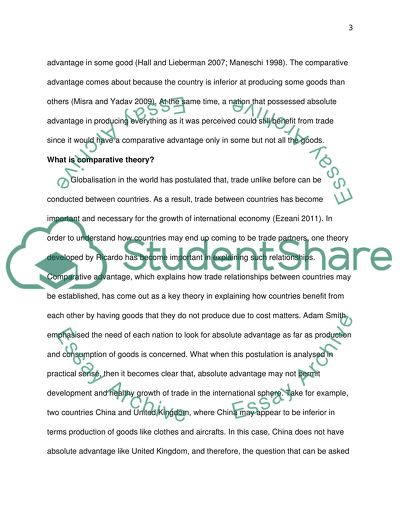Cite this document
(“Theory of Comparative Advantage Essay Example | Topics and Well Written Essays - 2500 words”, n.d.)
Retrieved from https://studentshare.org/finance-accounting/1446107-discuss-the-theory-of-comparative-advantage-in
Retrieved from https://studentshare.org/finance-accounting/1446107-discuss-the-theory-of-comparative-advantage-in
(Theory of Comparative Advantage Essay Example | Topics and Well Written Essays - 2500 Words)
https://studentshare.org/finance-accounting/1446107-discuss-the-theory-of-comparative-advantage-in.
https://studentshare.org/finance-accounting/1446107-discuss-the-theory-of-comparative-advantage-in.
“Theory of Comparative Advantage Essay Example | Topics and Well Written Essays - 2500 Words”, n.d. https://studentshare.org/finance-accounting/1446107-discuss-the-theory-of-comparative-advantage-in.


